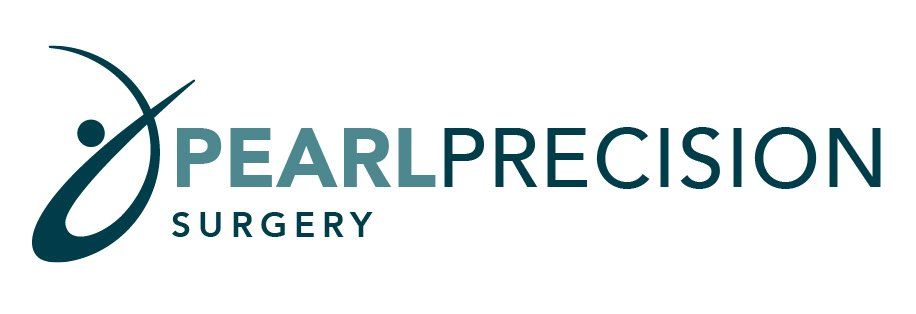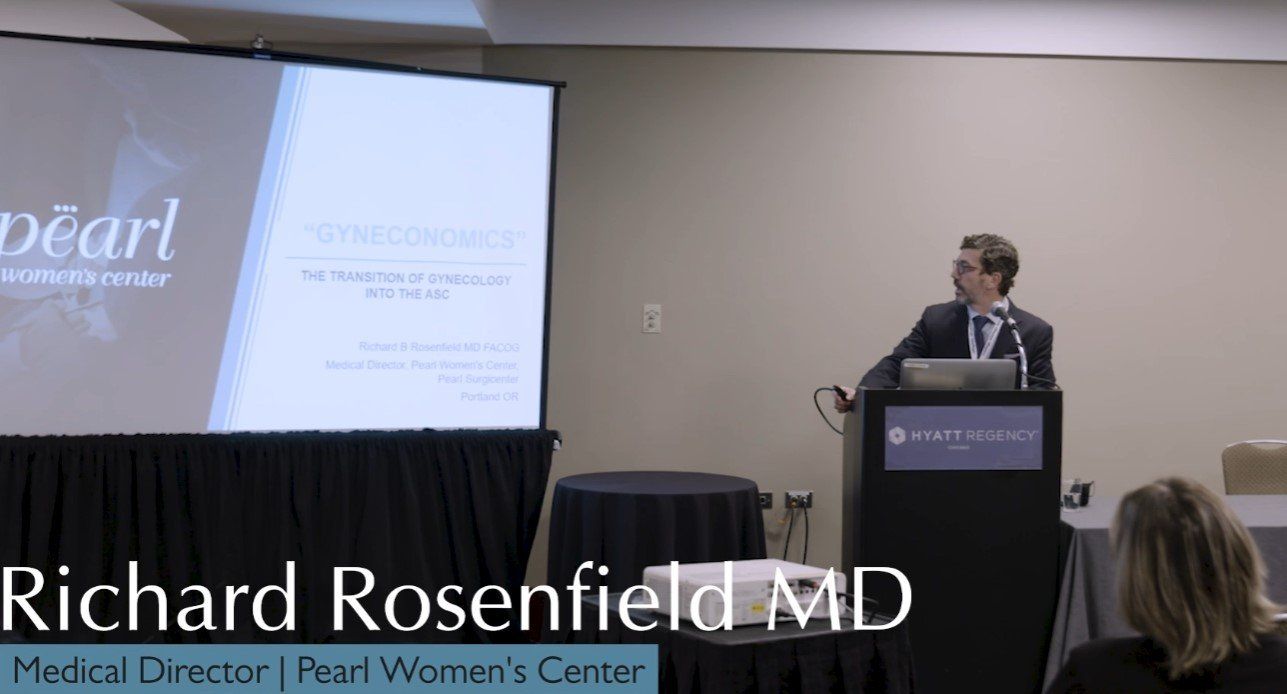Technology improves hysterectomy surgery
For many women having problems such as abnormal vaginal bleeding, pelvic pain, uterine fibroids or pelvic pressure/relaxation, a major surgery is the only definitive way to alleviate their symptoms.
Historically the most effective treatment for many of these conditions has often been hysterectomy. In the past this has meant a hospital stay of several days, a 6-week long recovery time, a large incision and the accompanying pain to deal with.
For many years the abdominal hysterectomy was the gold standard and this could be termed “your mother’s hysterectomy.” Fortunately, in the early 1990s, the concept of minimally invasive surgery emerged and the technology to accomplish these so-called “keyhole” surgeries was developed.
Since then, the technology has advanced to the point where the same surgery that formerly would have required you to be in the hospital for up to four days and having your activities severely curtailed for six weeks has been translated into a 24 hour hospital stay, three small abdominal incisions and a recovery that is much less painful and restrictive.
The first of these “keyhole” surgeries was called the laparoscopically assisted vaginal hysterectomy (LAVH).
This procedure allowed the doctor to peer into the patient’s abdomen through a scope with a camera mounted on it and to introduce other instruments to detach the tissues holding the uterus, fallopian tubes and ovaries in place using a stapling device. The uterus, cervix and attached structures still had to be removed vaginally like a traditional vaginal hysterectomy. The traditional vaginal hysterectomy required the surgeon to operate in the vagina to cut, clamp and suture the remaining tissues in order to detach them from the woman’s body. The procedure was technically challenging and meant that many women could not be a candidate for a vaginal hysterectomy if their anatomy was not conducive to a vaginal procedure. The LAVH still had these drawbacks despite the smaller incisions in the abdomen.
Over time, other instrumentation has developed that replaced the stapling device and allowed the entire procedure to be done with instruments that were inserted into the abdomen through three small ports or trocars that are about one-quarter-inch in size. That’s about the width of a No. 2 pencil. One of the incisions is through the belly button and the other two are in the lower portion of the abdomen on the right and left side.
It is no longer necessary to do any of the surgery through the vagina and in fact the only purpose the vagina serves in the newest type surgery is as a conduit to deliver a woman’s pelvic organs out of her abdomen. The newest surgery is called a total laparoscopic hysterectomy (TLH).
The newer instrumentation allows the surgeon to separate and seal the tissues attaching the uterus, fallopian tubes, cervix and ovaries utilizing a device call a harmonic scalpel. The harmonic scalpel vibrates at several thousand times per second to cut and seal the tissue at the same time. This results in a clean, nearly bloodless surgery.
Traditional hysterectomies had a blood loss of about 20 ounces. The typical blood loss in a total laparoscopic hysterectomy is about 3 to 4 ounces. This translates to less chance of blood transfusions and a quicker recovery for most patients.
In addition to an advanced method of dividing and sealing tissue, the surgery allows closure of the vagina with a single dissolvable suture from inside the abdomen. The patient ends up with three small incisions on their abdomen.
For women who are pre-menopausal the ovaries are left behind and no hormones will need to be given as a result of the surgery. The fallopian tubes are routinely taken out as part of procedure to prevent the development of ovarian cancer.
All in all, the procedure takes about an hour and a half; this is about the same amount of time that a traditional hysterectomy would take. Because the instrumentation allows much better visualization of a woman’s pelvic organs and the surrounding structures, it is less likely that complications will occur. Traditional abdominal and vaginal hysterectomies put delicate structures deep in the pelvis at greater risk because of the inherent difficult visibility of non-laparoscopic procedures.
Afterward, patients require less medicine for pain, can eat regular food and use the bathroom within hours of their procedure. They usually go home the following day with oral pain medications and can shower the next day.
Recovery is similar to a traditional hysterectomy in terms of weight restrictions and sexual activity. Patients can drive, do light housework and climb stairs more quickly than they could have with an abdominal hysterectomy.
In terms of overall patient satisfaction they are happier with their hospital care, enjoy the fact that they can recover more quickly and do not have a large painful incision to deal with.
Marcus Daly Memorial Hospital has state-of-the-art surgical instrumentation and the experienced gynecologic surgeons at Hamilton Obstetrics and Gynecology to perform these innovative procedures.
Questions and or comments regarding this week’s health column please contact, James Zubernis, DO at Hamilton Obstetrics and Gynecology, a service of Marcus Daly Memorial Hospital, 1200 Westwood Drive, Hamilton, MT 59840. Working together to build a healthier community.
The post Technology improves hysterectomy surgery appeared first on Pearl Precision Surgery.




